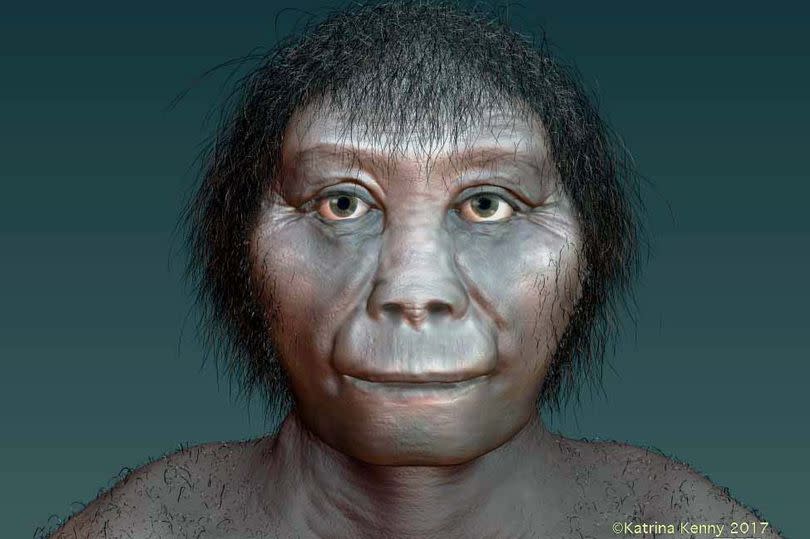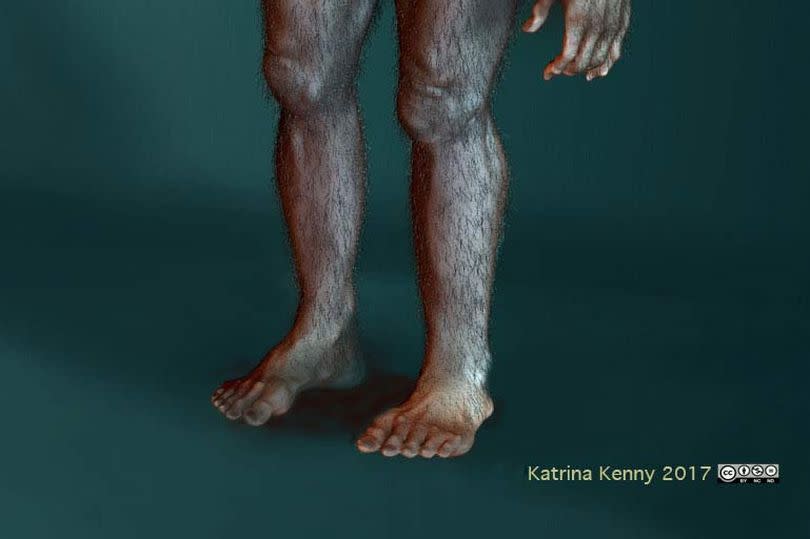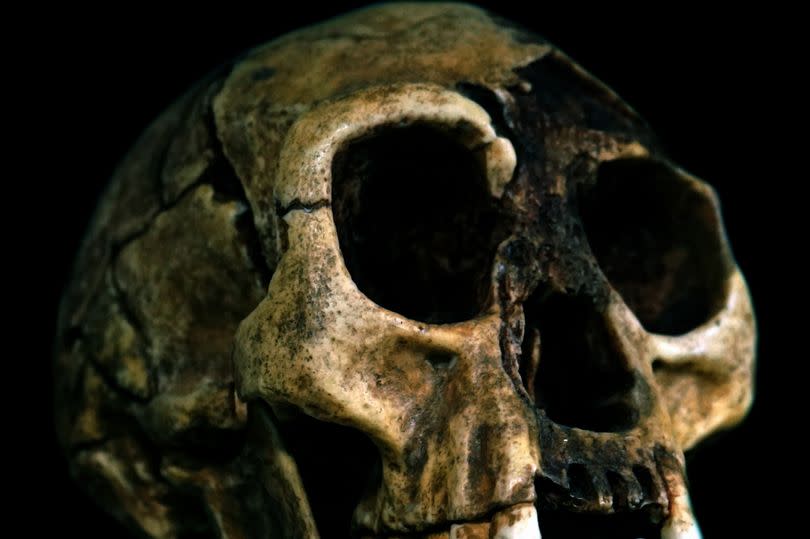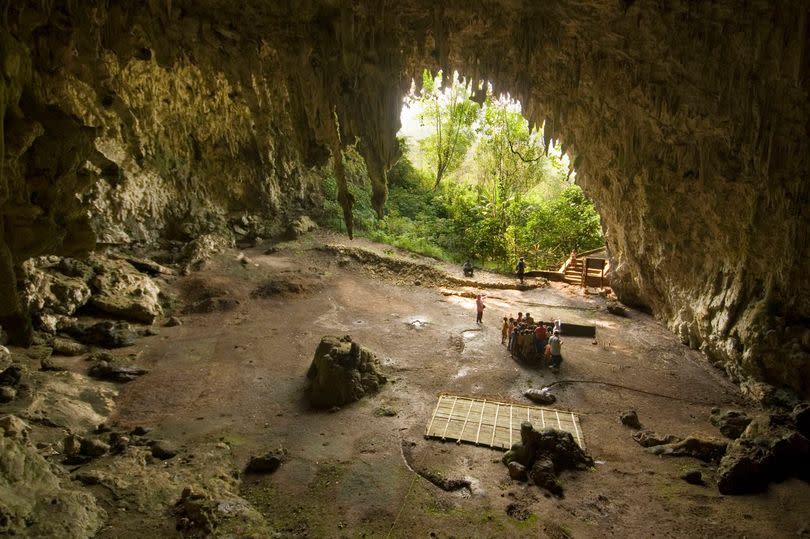Early human species nicknamed 'the hobbit' due to 3ft 6in height 'may still be alive today'

An early human species that was believed to have gone extinct thousands of years ago may still be alive today, an expert has suggested. Homo floresiensis is often nicknamed 'the hobbit' due to their height being an average of 3ft 6ins.
They were known for having small brains and large feet are believed to have inhabited the island of Flores, which is now part of Indonesia, between 60,000 and 700,000 years ago. However, it is not definitively where the toolmaker species originated from.
Despite it being widely believed they have since died off, retired anthropologist Gregory Forth has controversially argued that sightings of an 'ape man' on Flores in recent years could be evidence that the human ancestor is not, in fact, extinct, The Mirror reports.

The former Alberta University boffin told Live Science: "We simply don't know when this species became extinct or indeed dare I say - I did dare say - we don't even know if it is extinct. So there is some possibility that it is still alive."
However, other experts who researched homo floresiensis remain sceptical of this audacious theory. John Hawks, a paleoanthropologist at the University of Wisconsin, suggested it is unrealistic that 'the hobbit' would remain undiscovered if still alive in Flores.
He told Live Science: "Flores is an island that has about the same area of Connecticut and has two million people living on it today. Realistically, the idea that there's a large primate that is unobserved on this island and surviving in a population that can sustain itself is pretty close to zero."

But Forth, who has been conducting anthropological fieldwork on the island since 1984, disagrees. Over the years, he's heard numerous local accounts of small, hairy, humanoid creatures living in the forest and included them in his research until 2003. That was when homo floresiensis was first discovered, and Forth made the connection.
He said: "I heard about these similarly small human-like creatures in a region called Lio, which were said to still be alive, and people were giving accounts of what they looked like."
In an excerpt from his book, Between Ape and Human: An Anthropologist on the Trail of a Hidden Hominoid, Forth recounts an interview with a man who claims he disposed of the corpse of a creature that couldn't have been a monkey but also wasn't human, with straight, light-coloured hair on its body, a well-formed nose, and a stub of a tail.

Since starting his research, Forth has gathered 30 eyewitness accounts of similar creatures that, he says, match the description of 'the hobbit'.
Bones of homo floresiensis - believed to come from at least nine individuals - were first discovered at Liang Bua on Flores in 2003. The skeletons included a complete skull.
The most recent evidence of the species using the cave dates back to 50,000 years ago, according to Elizabeth Veatch, a zooarchaeologist who studies the species, as she told Live Science.
In 2014, another site on Flores, Mata Menge, was discovered by archaeologists. It contained bones dating back to approximately 700,000 years ago, believed to be from a much older population of Homo floresiensis.
Stone tools were also unearthed at the site. The species has only been discovered on the island of Flores and nowhere else.
Don't miss the latest news from around Scotland and beyond. Sign up to our daily newsletter.

 Yahoo News
Yahoo News 
